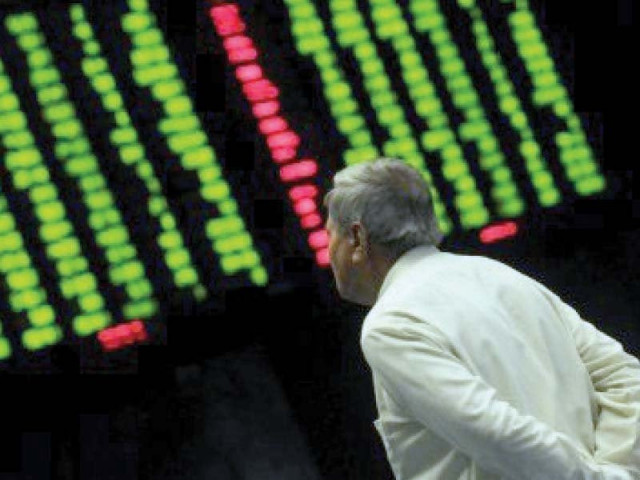The Reserve Bank did not consider the case for an additional increase to interest rates at its latest decision opting instead to keep the cash rate at 4.35 per cent, minutes of its March 18-19 board meeting have revealed.
The RBA has canvassed the option to hike interest rates at every meeting since the central bank commenced its run of 13 rate hikes in May 2022, with March’s meeting marking the first time since the central bank has axed the option.
Even still, board members said the risks to the economic outlook had become “a little more even” and claimed “it was appropriate to characterise the policy outlook as one in which it was difficult to either rule in or out future changes in the cash rate target,” the minutes said.
Most economists and investors expect the RBA’s next move will be a cut, with money markets fully priced for a 25 basis point easing in the cash rate at the RBA’s September 23-24 board meeting.
“Members observed that inflation had continued to moderate over prior months, broadly as expected,” the minutes noted.
“That said, services inflation remained high and the recent slowing in the pace of monthly inflation had been influenced by several temporary factors.”
The RBA forecasts inflation, currently 3.4 per cent on its most recent measure, will fall within its 2 to 3 per cent target band by December 2025.
Board members also pointed to the fact that the path of disinflation in other countries “had not been smooth,” which “could hold lessons for Australia.”
Bringing inflation back to target “remained the board’s highest priority”, but the board admitted it would “take some time before they could have sufficient confidence that this would occur within a reasonable timeframe”.
“At the same time, members noted the importance of preserving as many of the gains in the labour market as possible.
“In light of these assessments, members agreed that leaving the cash rate target unchanged at this meeting was the best way to achieve the Board’s strategy of supporting a gradual return of inflation to target and the labour market to full employment.”
HOUSEHOLD BORROWERS UNDER PRESSURE
The minutes also detailed how households were faring under the weight of “restrictive” financial conditions.
“The tightening in monetary policy had induced a significant rise in scheduled household debt payments. These were expected to rise a little further in 2024 as additional fixed-rate loans rolled onto higher rates,” the minutes read.
Housing credit growth remained low and payments into offset accounts had risen since mid-2023, the minutes detailed, with low income and less-affluent households most acutely affected.
“As a result, the average housing deposit had increased at a faster rate than housing prices, and newer borrowers had higher incomes and lower loan-to-income ratios relative to earlier cohorts.”
The board also noted some households were finding it difficult to service their debts and meet essential expenses, yet defaults remained at an historic low.
Rates of arrears on housing loans were still low and banks had recently reduced their forecasts of potential loan losses,” the board agreed.
Ahead of its next interest rate decision, scheduled for release on May 7, where the RBA is widely expected to keep the cash rate on hold, the bank will receive updated inflation figures for the March quarter.
More to come.






